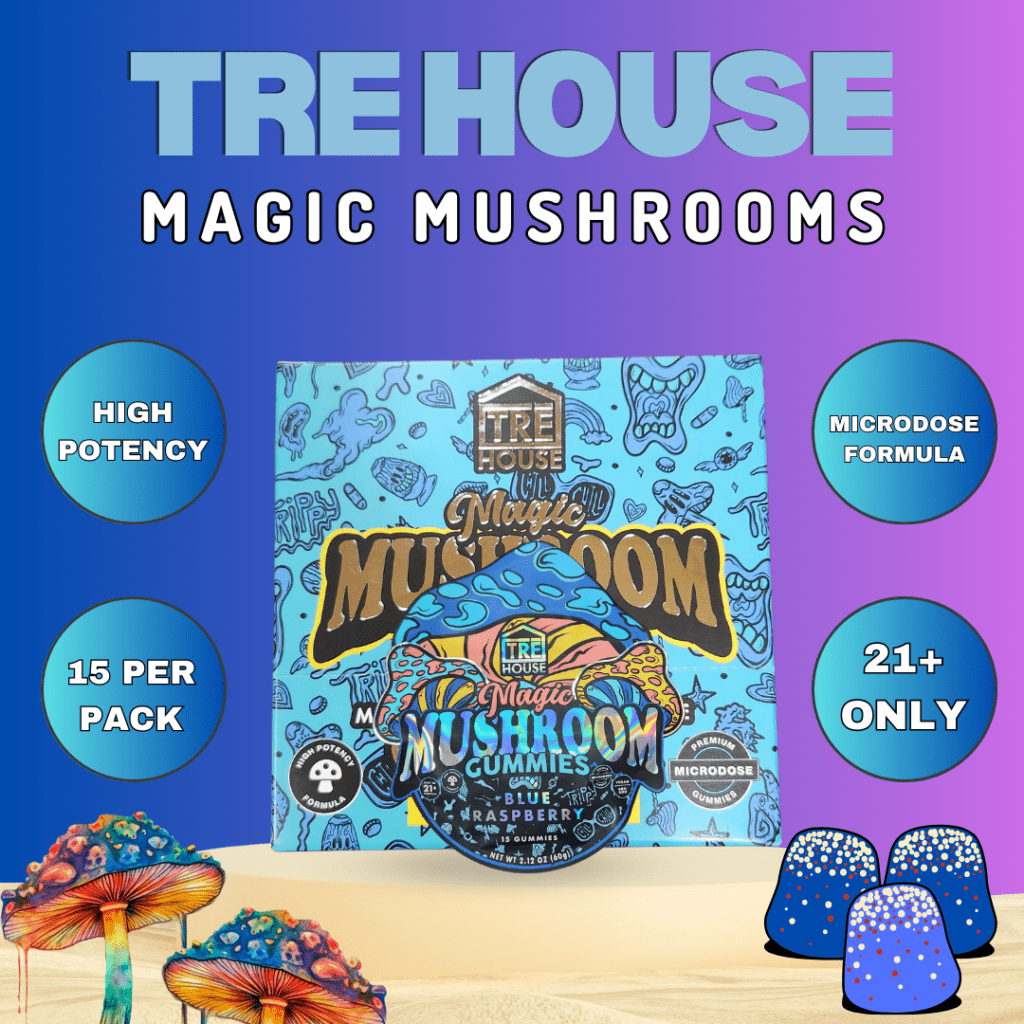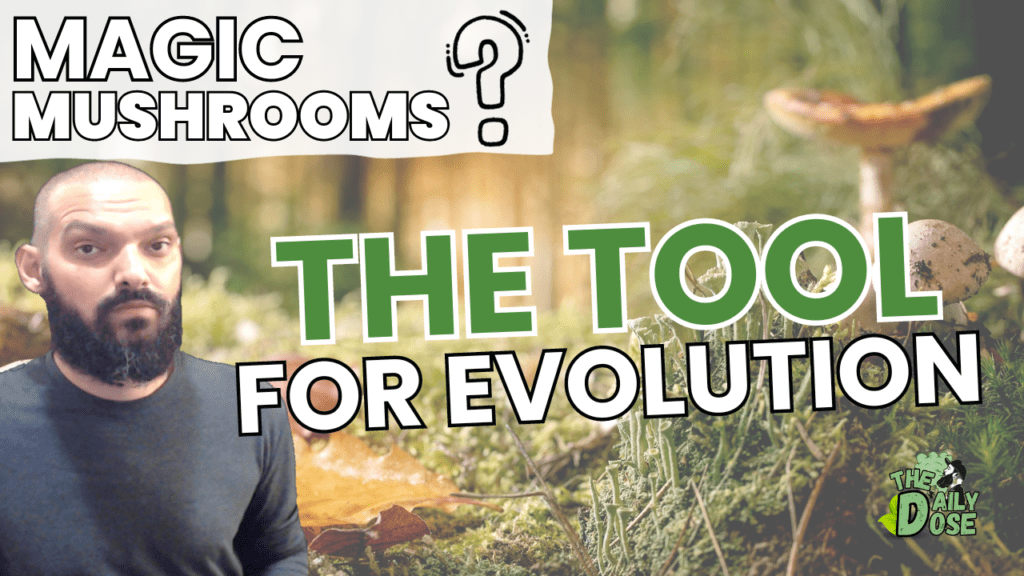Magic Mushrooms For Human Evolution Explored Now
Introduction
In recent years, psychedelic research has gained momentum, sparking a reconsideration of the potential therapeutic benefits of substances like psilocybin. As scientists delve into the applications of these substances for treating addiction and psychiatric disturbances, one fascinating theory has resurfaced – the Stoned Ape Theory.
Proposed by ethnobotanist Terence McKenna in 1992, this theory suggests that the consumption of psychedelic fungi may have played a pivotal role in the development of human consciousness and culture. In this article, we will explore this theory, address its misrepresentations, and consider alternative explanations for the evolution of human consciousness.

The Misrepresentation of the Stoned Ape Theory
The Stoned Ape Theory, as it is popularly known, was not the term used by Terence McKenna or his brother Dennis McKenna to describe this hypothesis. According to Dennis, this label misrepresents the idea and oversimplifies the concept.
In essence, this hypothesis posits that the emergence of language, self-reflection, and other unique functions of the human brain can be attributed to our ancient ancestors who consumed psilocybin mushrooms. While the exact timeline for the emergence of consciousness is debated, Dennis believes this process may have commenced as far back as 2 million years ago.
A 40,000-Year-Old ‘Creative Explosion’
Dr. Thomas Falk, a professor of Philosophy and Education at the University of Dayton, suggests that the Stoned Ape Theory can also explain the “creative explosion” that occurred 40,000 years ago in homo sapiens before their migration from Africa to Europe.
During this period, early humans displayed a significant leap in cognitive ability, enabling them to create and symbolize worlds in their minds, a feat not observed in other hominid species. This marked the birth of language, a critical distinction between homo sapiens sapiens and other hominids.

Back to the Pleistocene
To understand the Stoned Ape Theory, we must travel back to the Pleistocene epoch, a time characterized by significant climate changes. These environmental shifts forced our ancestors to adapt to new and challenging conditions. According to Falk, this period likely involved experimentation with new foods, some of which could have been harmful or mutagenic, leading to epigenetic changes.
Terence McKenna’s interpretation suggests that our ancestors followed herds of herbivores, relying on them for food and clothing while also harvesting psilocybin mushrooms from their dung, where these fungi commonly grow. Regular consumption of these mushrooms could have conferred advantages as early humans explored new territories.
The Magic Enhancement of Adaptive Qualities
Terence argued that psilocybin mushrooms, when consumed in low doses, could enhance visual acuity, increase sex drive, and promote cooperation among individuals.
These qualities could have been adaptive for our ancestors as they faced the challenges of their environment. Additionally, Paul Stamets, a prominent supporter of the theory, emphasized the leadership qualities that could have arisen from the mix of bravery and empathy induced by these substances.
The Debatable Nature of Consciousness The Stoned Ape Theory raises questions about the emergence and nature of consciousness and the potential of psychedelic compounds, all of which remain enigmatic subjects. While this theory is not conducive to scientific study, it is one of several possible explanations for the development of human intelligence and consciousness.

Falk suggests that human consciousness
Is an emergent phenomenon resulting from a combination of various evolutionary factors, including societal changes driven by environmental alterations and advancements in mental capacity, such as fire mastery and cooking technology.
In Conclusion
The Stoned Ape Theory remains a fascinating, albeit speculative, hypothesis in the realm of psychedelic research. While it may not be widely accepted in academic circles, it continues to captivate the imagination of those interested in the potential connections between psychedelics and human consciousness.
As the field of psychedelic research expands, we may gain a better understanding of these substances’ therapeutic uses and their impact on human culture and evolution.
FAQs
What is the Stoned Ape Theory?
How old is the theory, and who proposed it?
What evidence supports the Stoned Ape Theory?
Are there alternative explanations for the development of human consciousness?
Has the Stoned Ape Theory gained acceptance in academic circles?
Sources:
- NIH: https://www.ncbi.nlm.nih.gov/pmc/articles/PMC8156539/
- NIH: https://www.ncbi.nlm.nih.gov/pmc/articles/PMC8901083/
Related Articles:
- Benefits Of Amanita Mushrooms Explored
- Health Benefits of Mushrooms Explored
- Best Mushroom For Health Lion’s Mane
- Health Benefits of Mushrooms Explored
- Legal Mushrooms: Coming To A State Near You
Meet The Author





